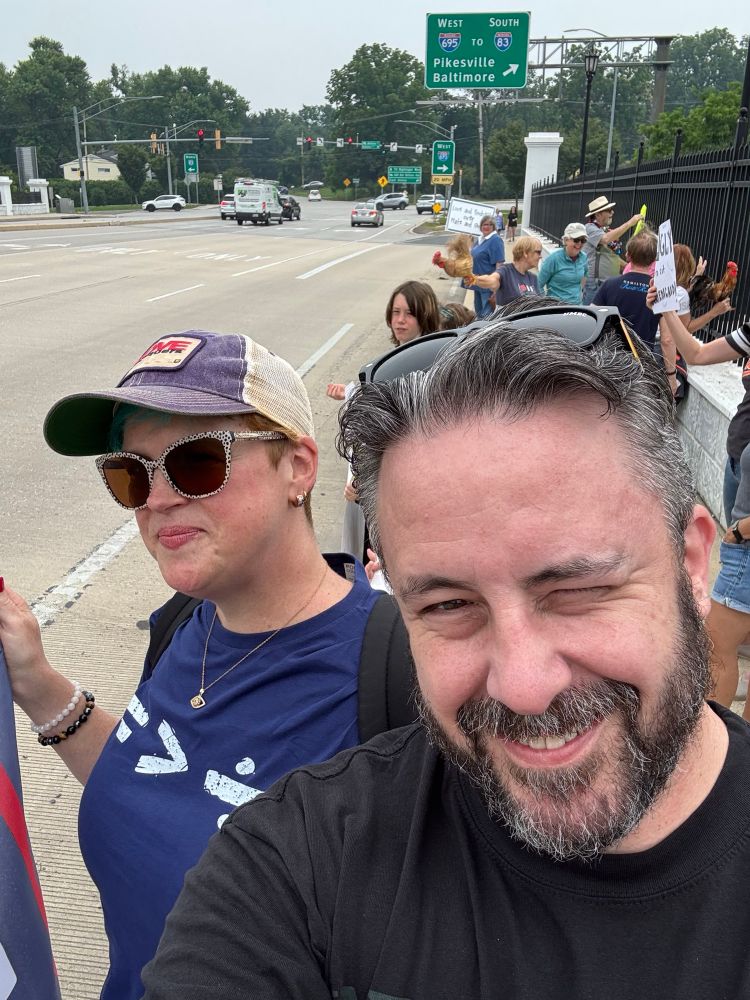
Posts my own.

He titled it "Improvement" because it gets better as it goes on. I'm rather impressed with how it came out.

He titled it "Improvement" because it gets better as it goes on. I'm rather impressed with how it came out.



Help archives help you!
(Help archives keep funding!)
docs.google.com/forms/d/e/1F...

ui.adsabs.harvard.edu/abs/2025arXi...
ui.adsabs.harvard.edu/abs/2025arXi...

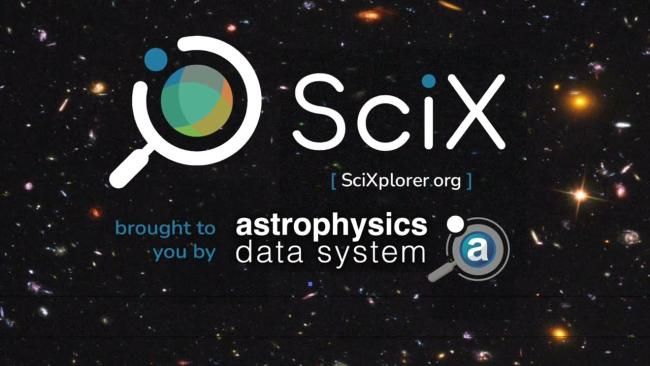


Thanks for bringing this show to Baltimore, Noisemaker. www.noisemaker.org.uk/ceilidh-1
Thanks for bringing this show to Baltimore, Noisemaker. www.noisemaker.org.uk/ceilidh-1



Really fun project led by the very talented Julie Imig at MAST, showing mission coverage sky-projected! They make VERY good video backgrounds, btw. 🔭
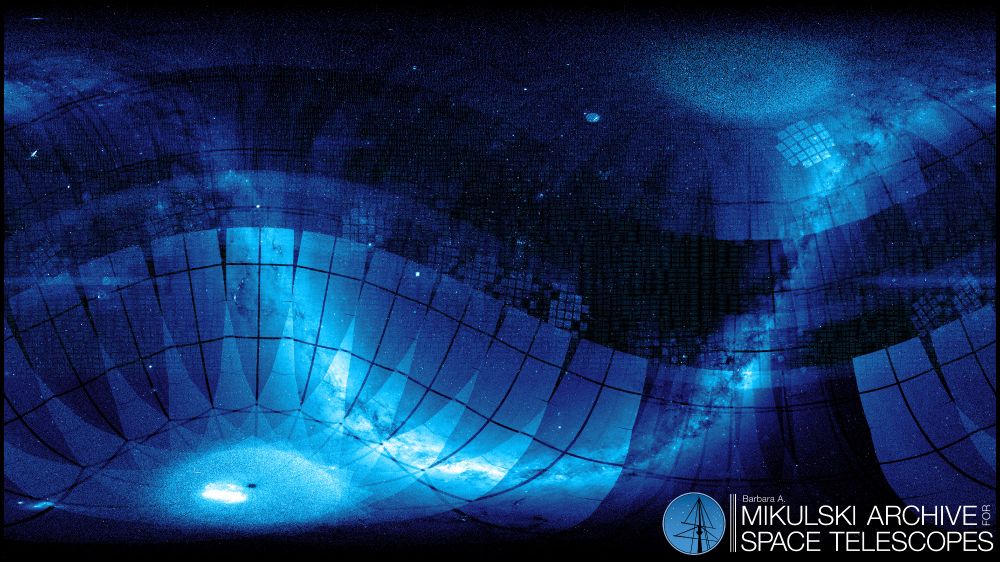
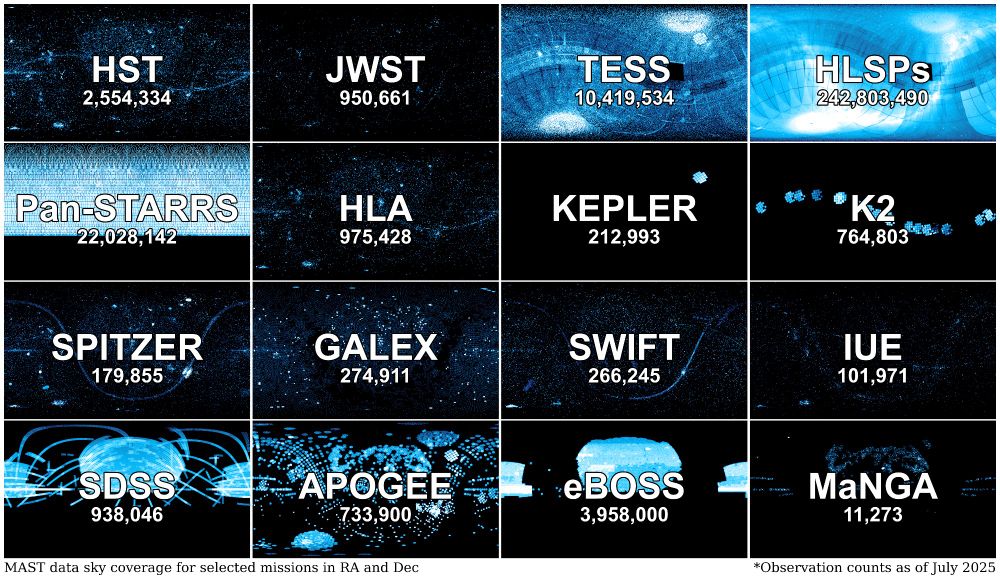
Really fun project led by the very talented Julie Imig at MAST, showing mission coverage sky-projected! They make VERY good video backgrounds, btw. 🔭
Think of what we have learned and have yet to learn from investing in these missions and making their data open and available to everyone.
Think of what we have learned and have yet to learn from investing in these missions and making their data open and available to everyone.
White dwarf planets made number 8! science.nasa.gov/missions/web...
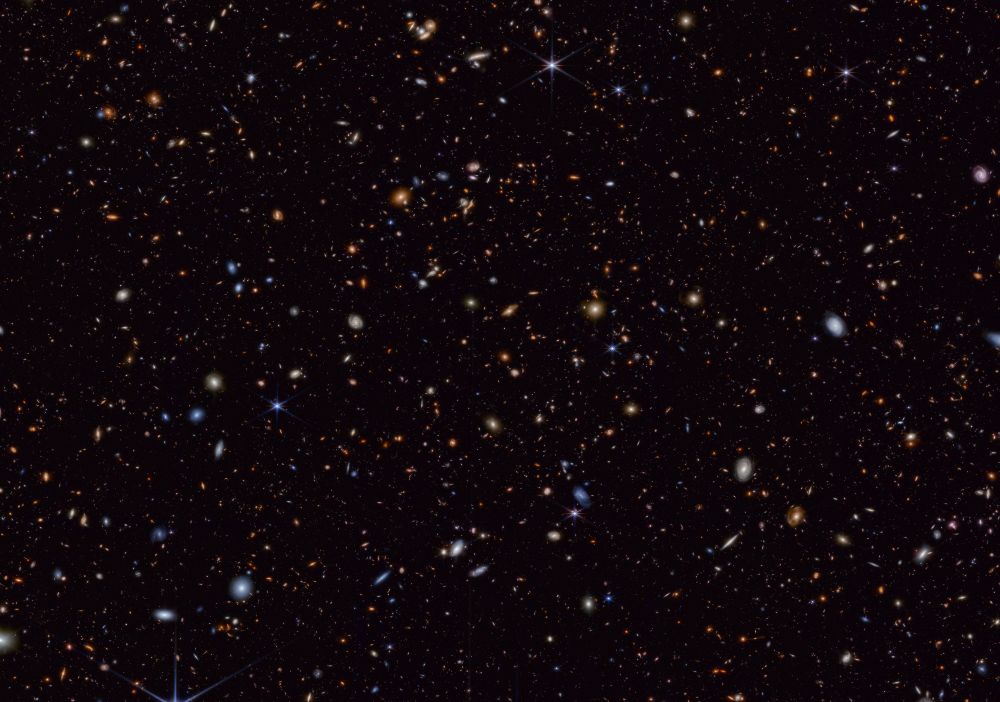
White dwarf planets made number 8! science.nasa.gov/missions/web...
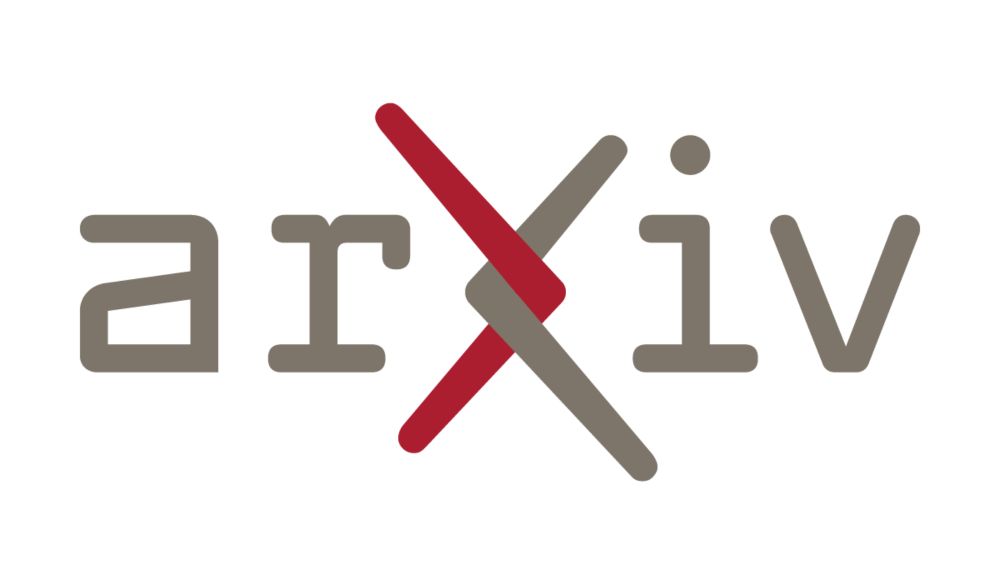
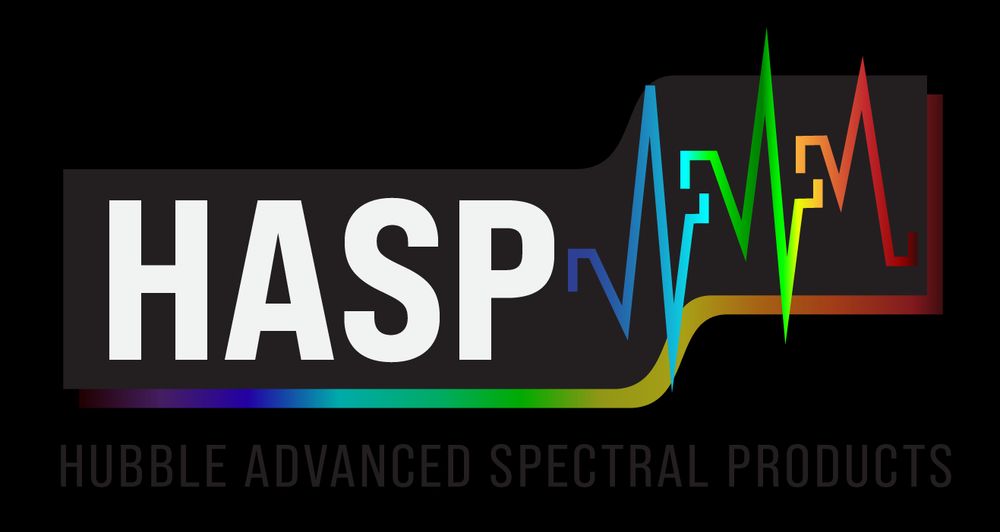
Can you guess these regions of sky?
This is just a small peek...join us at 11am US EDT for your full First Look at how Rubin will #CaptureTheCosmos! 🔭🧪
#RubinFirstLook
ls.st/rubin-first-look-livestream
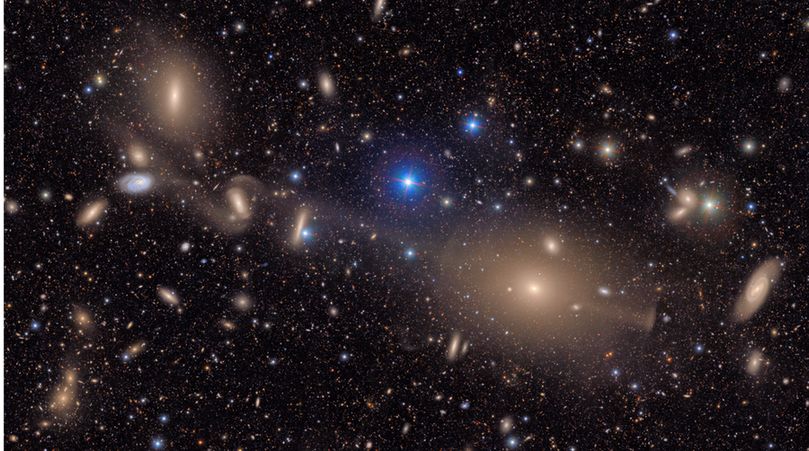
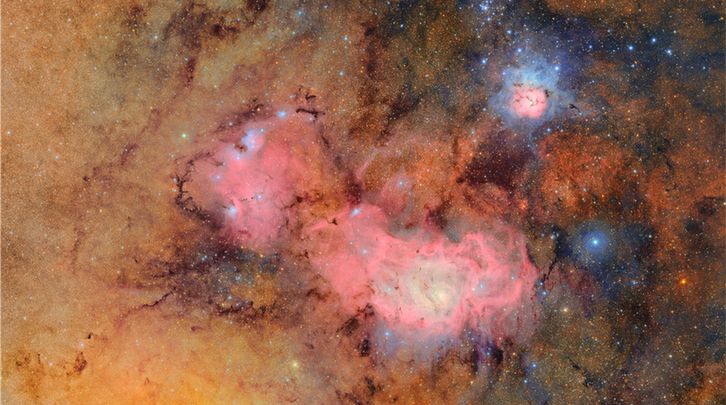
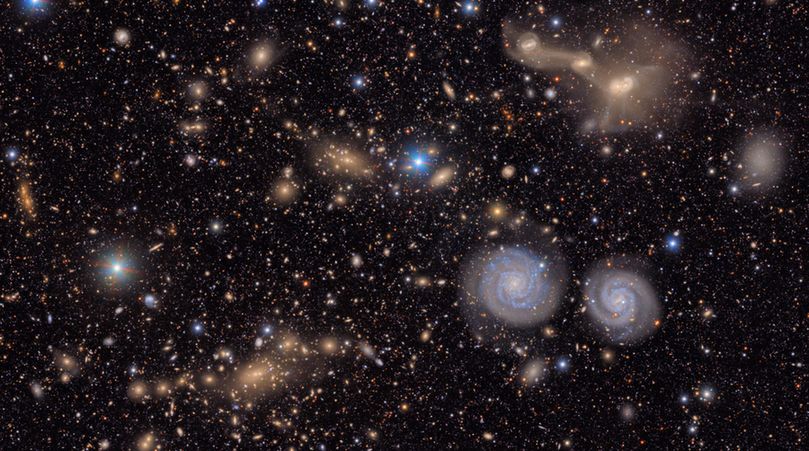
Can you guess these regions of sky?
This is just a small peek...join us at 11am US EDT for your full First Look at how Rubin will #CaptureTheCosmos! 🔭🧪
#RubinFirstLook
ls.st/rubin-first-look-livestream
Here are Saturday's schedule and our march route.
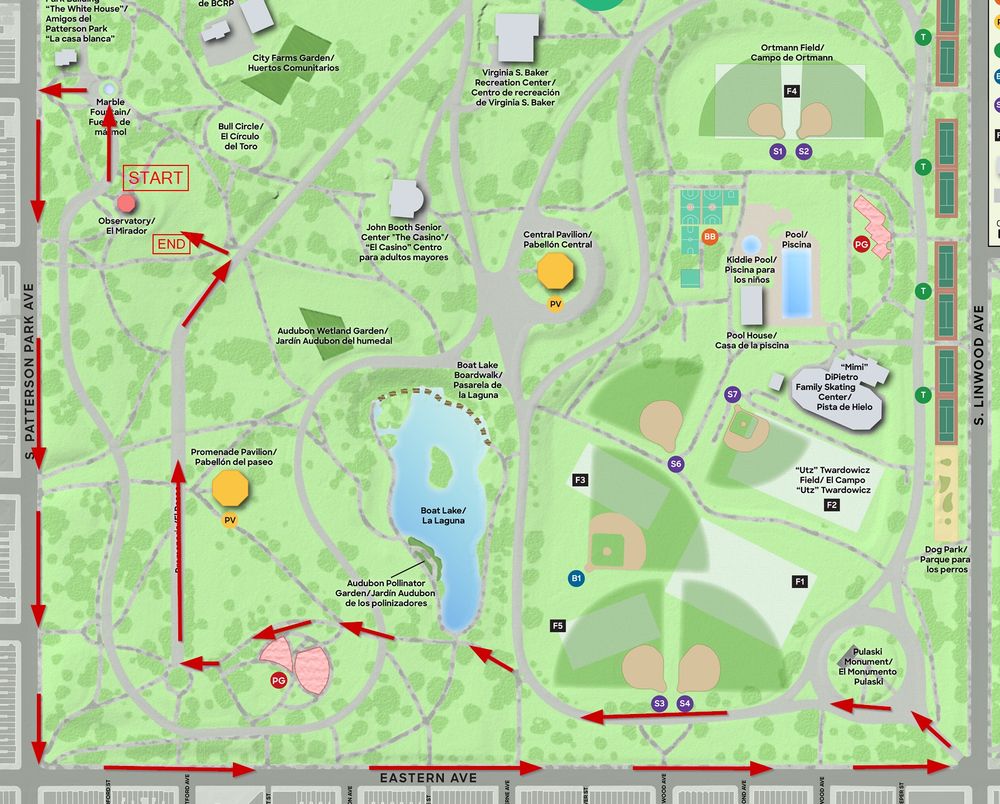

Here are Saturday's schedule and our march route.


